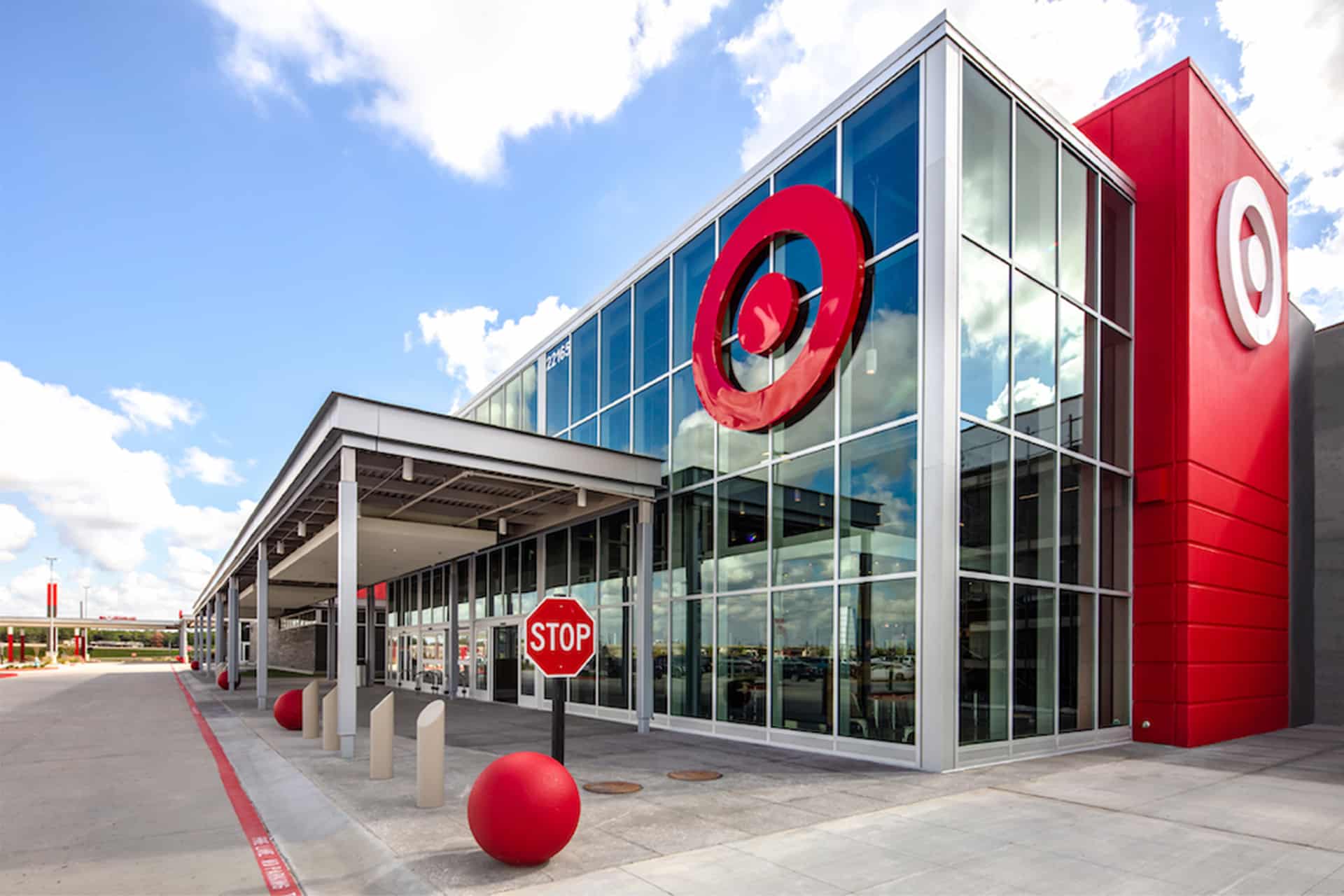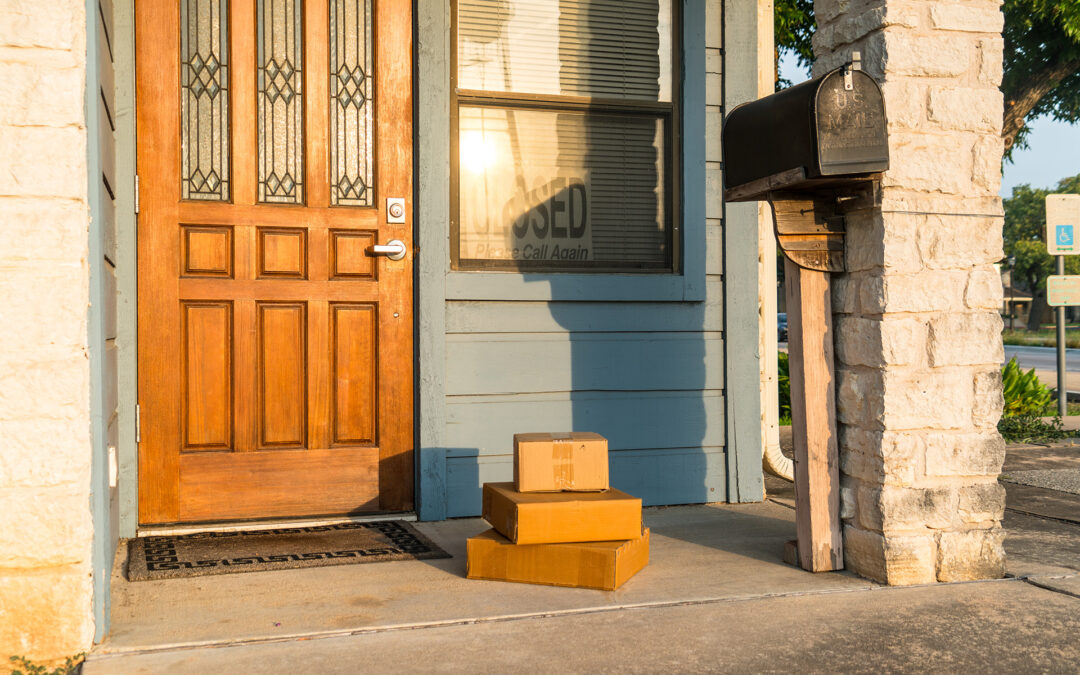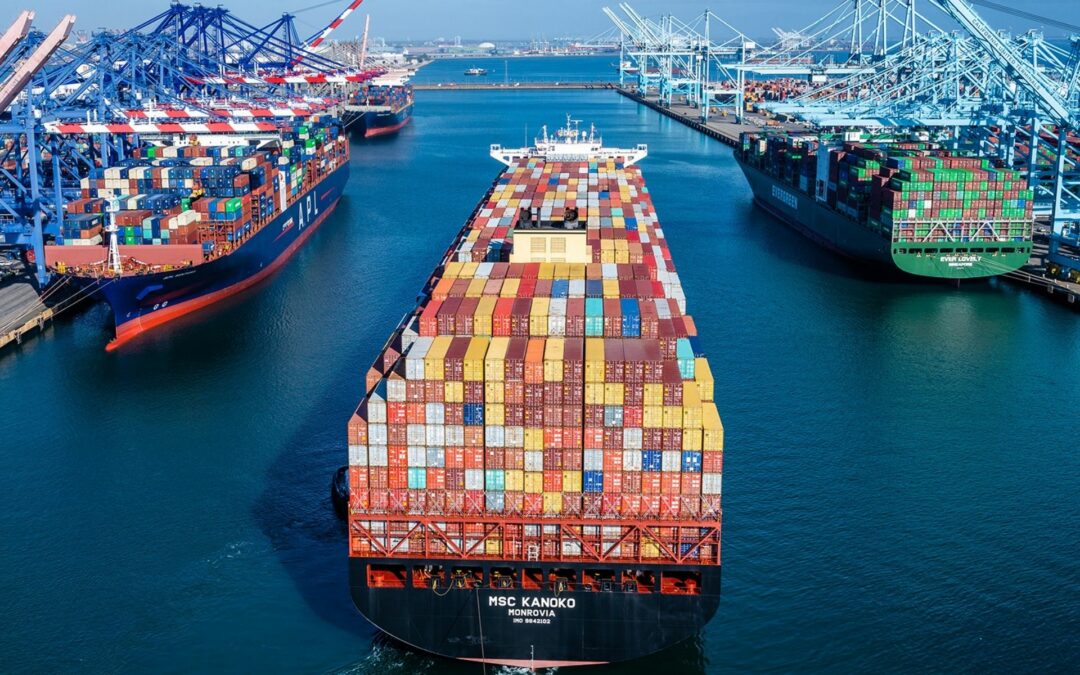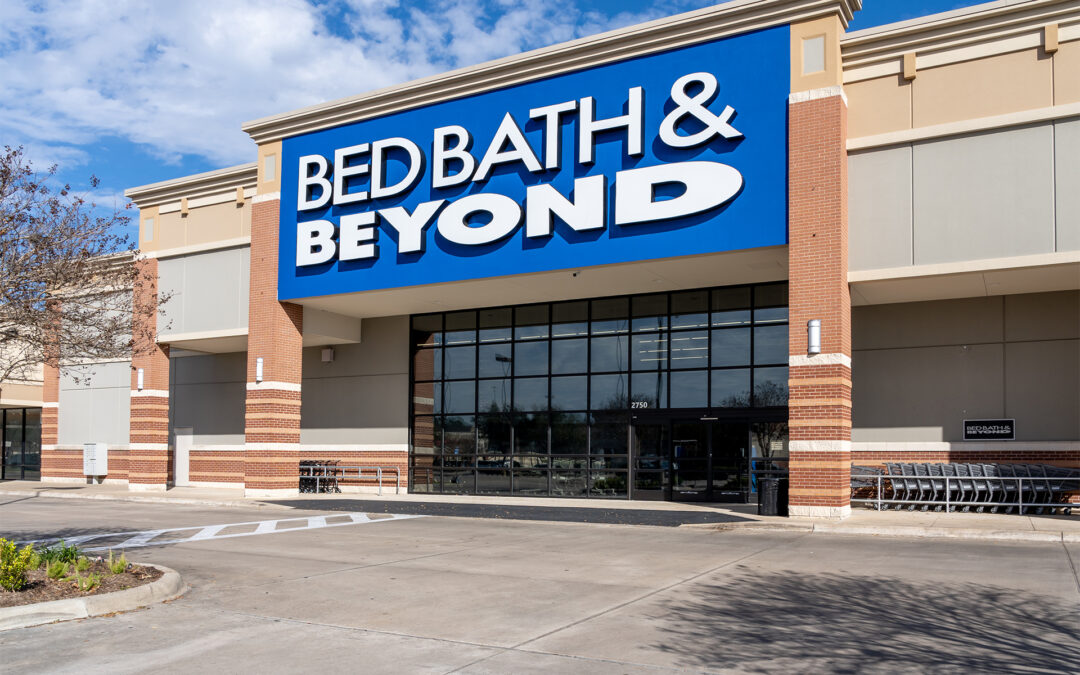Target Corp.’s plans for 2023 include investing in additional stores and differentiated shopper experiences to position the company for long-term growth.
The company reported plans to invest $4 billion to $5 billion in 2023 to expand its operating network of stores, its guest-centric services and supply chain facilities, while also bulking up digital experiences and other capabilities.
Target plans to open about 20 new stores. The retailer has continued to build smaller downtown and urban stores, and it has opened a new large-store prototype in Katy, TX, as a potential growth vehicle in the 150,000-square-foot range. Many new stores will feature fresh design elements that reflect the local community and promotions that highlight new brands, assortment and services, as well as sustainable features, according to Target.
Target is sinking money into about 175 of its existing stores with projects ranging from full remodels to the addition of Ulta Beauty at Target and Apple at Target shop-in-shop experiences to expanded capacity for same-day fulfillment services. The new and updated stores showcase Target’s partnership initiatives and its latest innovations in fulfillment services while also providing operational enhancements for its employees.
Target is expanding Drive Up Returns this spring, allowing customers to return most new, unopened items within 90 days of purchase free from the comfort of their cars. Purchases made through guests’ Target.com accounts qualify for free Drive Up Returns. Before heading to a Target store, consumers can initiate a return through a guided experience in the Target app. Guests then follow the normal Drive Up process to return their orders and then wait in their car for a Target staffer to pick up and complete their return. Target asserted that Drive Up Returns aren’t only convenient for customers but also bring more efficiency to its returns process while reducing mail-in return expenses.
As previously announced, Target plans to expand its sortation center network from nine to more than 15 locations by the end of 2026 in a plan to boost its next-day delivery capability across major markets in the United States. The specialized supply-chain facilities speed deliveries while allowing Target to get digital orders to customers more efficiently and at a lower cost. With them, Target can provide next-day delivery on up to 40% of orders that move through its last-mile delivery system. Sortation centers also remove pressure from Target’s stores, the company maintained, giving workers more time to serve guests.
On the merchandise front, Target plans call for the launch or expansion of more than 10 “own” brands, bringing thousands of new, differentiated products to guests at sharp prices, it said. The company reported it will appeal to value-conscious shoppers with more items starting at $3, $5, $10 and $15. It will deepen a focus on offering clear, compelling promotions, introduce enhancements to the Target Circle loyalty program and debut a new advertising campaign that celebrates how the retailer delivers affordable joy.
At the same time, Target will expand on the company’s newly introduced enterprise efficiency efforts aimed at simplifying operations and enhancing employee and customer experiences while fueling near- and long-term growth. The efficiency work will follow a sustainable, long-term plan, Target indicated, adding the company’s goal is to achieve $2 billion to $3 billion in cost savings over the next few years.
“Investments in our shopping experience and frontline team have deepened our guests’ engagement with Target during the last few years, which is reflected in our continued traffic and sales growth,” said Michael Fiddelke, Target CFO. “This year, we’ll continue investing in our long-term strategic initiatives that propel our market share and profit growth over time. Coupled with our teams’ ongoing efforts to scale our business with greater simplicity, we are confident in our ongoing ability to meet the evolving needs of our guests and deliver value for our shareholders.”





